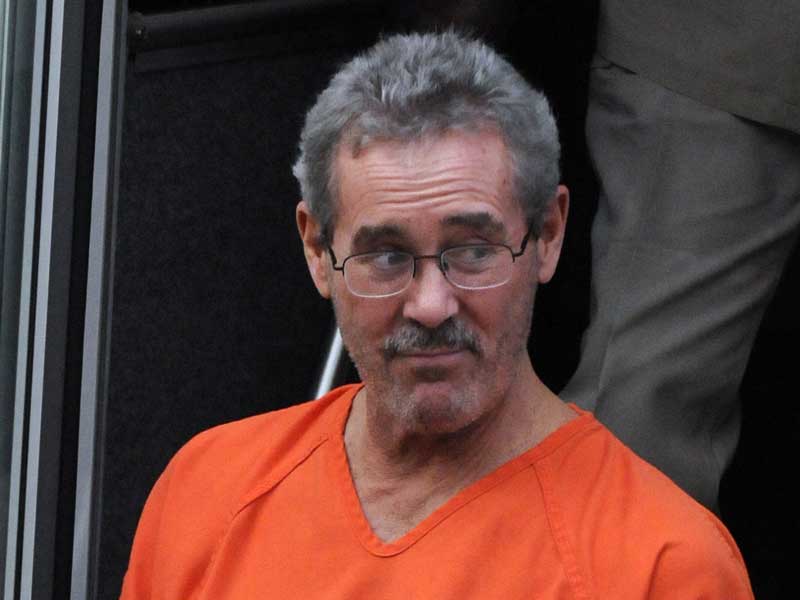 University of Houston Law Professor David Dowís book — The Autobiography of an Execution (Twelve 2010) ñ prompted Time to ask Dow several questions about the death penalty. A couple of his answers are particularly interesting:
University of Houston Law Professor David Dowís book — The Autobiography of an Execution (Twelve 2010) ñ prompted Time to ask Dow several questions about the death penalty. A couple of his answers are particularly interesting:
. . . I tell people that if you’re going to commit murder, you want to be white, and you want to be wealthy ó so that you can hire a first-class lawyer ó and you want to kill a black person. And if [you are], the odds of your being sentenced to death are basically zero. It’s one thing to say that rich people should be able to drive Ferraris and poor people should have to take the bus. It’s very different to say that rich people should get treated one way by the state’s criminal-justice system and poor people should get treated another way. But that is the system that we have.
And what about the future of the death penalty?
My prediction is that we’re going to get rid of it for economic reasons. We spend at least a million dollars more on a death penalty case than on a non-death-penalty case. In the U.S., where we’ve executed 1,200 people since the death penalty [was reinstated in 1976], that’s $1.2 billion. I just think, gosh, with $1.2 billion, you could hire a lot of policemen. You could have a lot of educational programs inside of prisons so that when people come out of prison they know how to do something besides rob convenience stores and sell drugs. There are already counties in Texas, of all places, that have said, this is just not worth it: let’s fix the schools and fill the potholes in the streets instead of squandering this money on a death-penalty case. You don’t need to be a bleeding heart to make that argument.
Supporters of the death penalty reason that there is nothing morally wrong about the state killing a person as punishment for murder where that person was lawfully convicted in a fair and accurate criminal justice process. But in making that moral justification the central tenet of their support, death penalty supporters are ignoring the glaring defects in the process that undermine their moral justification.











.png) The Houston legal community remains in shock over
The Houston legal community remains in shock over